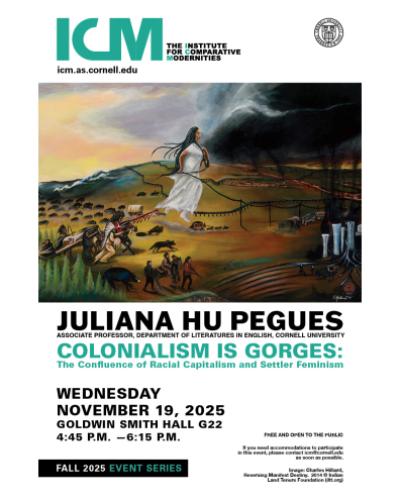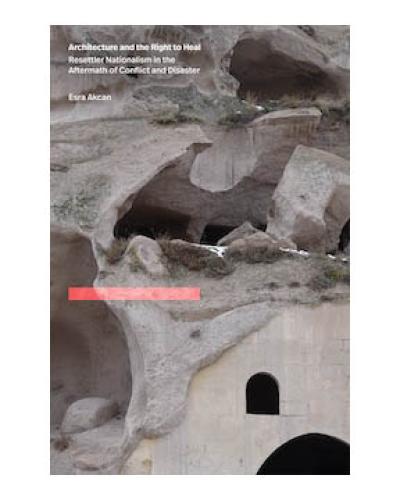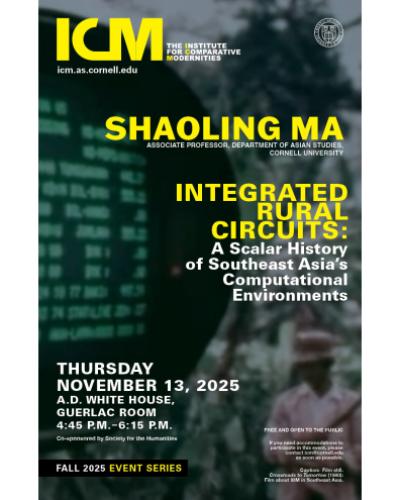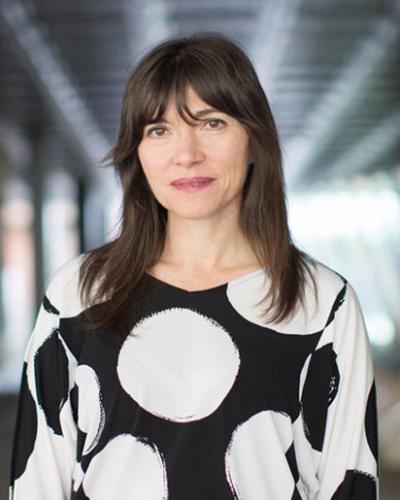An interview with Esra Akcan, the 2019-2020 Frieda L. Miller Fellow at the Radcliffe Institute at Harvard University, on architecture, cities and “real and possible effects of the COVID-19 crisis.” Akcan answers questions posed by Ryan Mulcahy as part of a series on the wide-ranging effects of COVID-19.The interview was part of a cross-disciplinary series examining the real and possible effects of the COVID-19 crisis.
Esra Akcan was the 2019–2020 Frieda L. Miller Fellow at the Radcliffe Institute, Harvard University. As a fellow, she conducted research toward her new book, Right to Heal, which will explore the role of architecture following the upheaval of a crisis such as state violence, forced migration, epidemic, economic meltdown, or environmental disaster.
Is there a history of epidemics, or other crises, altering how we think about and design our buildings and communities?
Epidemics and disasters have indeed motivated some new urban planning and architecture initiatives in the past. The 19th-century cholera pandemic exposed the liability of the water distribution system and eventually brought the improvement of the sanitary infrastructure in London; it necessitated the update and extension of the underground sewage system in Paris; and it caused the removal and transfer of existing cemeteries to the outskirts in Istanbul. As a matter of fact, “hygiene” was the catchphrase for many of the modern city planning initiatives of the late 19th and early 20th centuries. The garden-city as a settlement model—employed in modified forms all around the globe, from Germany to Japan, from Uganda to India—was devised partially with the conviction that the reestablishment of human contact with nature in industrial times would prevent contemporary public health hazards. Interwar and midcentury public housing models—which, ironically, have been stigmatized since—were actually designed internationally with hygiene and health priorities in mind, as freestanding building blocks in open space meant to provide ample sun, air, and green to all habitants. Architects with early 20th-century modernist design sensibilities advocated minimal, unornamented, and functional spaces and surfaces partially because they were easy to clean. Architecture was believed to cure tuberculosis in sanatoriums with large balconies that were open to sun and air flow.
The list can be expanded. However, most of these solutions did not pay enough attention to, and even constructed, the socioeconomic, racial-ethnic and global inequalities that we still live with, and that COVID-19 exposes. To refer to a classic book, Michel Foucault analyzed how plague prevention during the end of the 17th century evolved into panopticism, where the modern prison as an architectural type serves as a metaphor for our surveillance society. Modernization and sanitization of Paris under Georges-Eugène Haussmann was famously brutal in destroying the city fabric and displacing the poor. When the architect Ernst May—who promoted public hygiene and social equality in Frankfurt’s housing program—landed in colonial Kampala, he designed separate and different dwelling types for European, Asian, and African populations. Today, many world cities are segregated along similar class and racial lines and push disenfranchised populations to zones with worse environmental conditions and fewer health-care opportunities compared with affluent neighborhoods. The fact that more people in the United States are dying during the current pandemic in housing areas where people of color and immigrants reside has a lot to do with these historically produced discriminatory and exploitative land-use processes. COVID-19 exposes how the modern planning and architectural design that invented sanitary cities also produced ruthless inequalities.
The rest of this interview is available HERE





